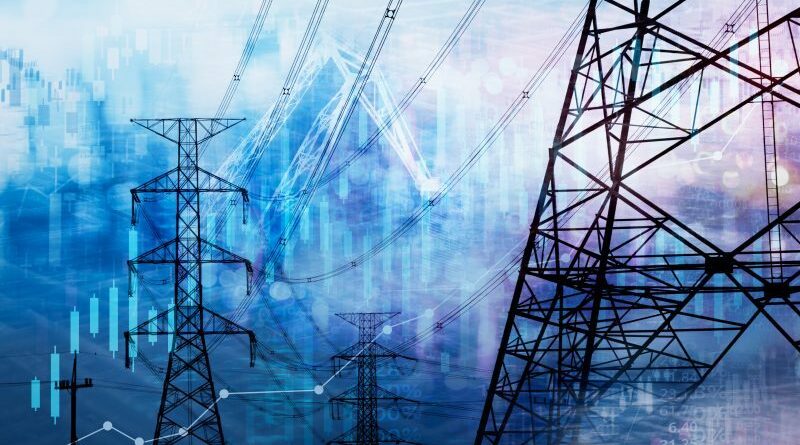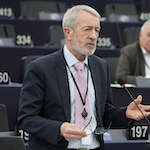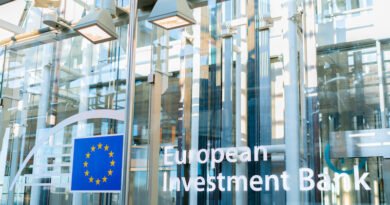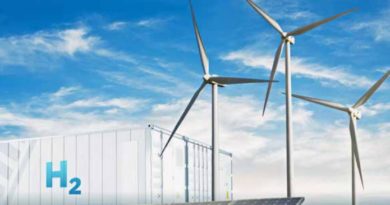
Grid, Baby, Grid: Why Ireland and Europe Must Expand and Modernise Their Electricity Infrastructure Now
2025 has begun at pace in Brussels, with the new Commission setting out its priorities for the next five years. At the heart of every discussion is competitiveness—how Europe can remain strong in an increasingly volatile geopolitical landscape. Competitiveness requires energy security, economic growth, and a cost-effective transition to Net- Zero. Achieving all this demands a modern, expanded electricity grid. Yet, across Ireland and the EU, outdated grid infrastructure, planning delays, and political inertia are stalling progress. If we are serious about meeting climate goals, enhancing competitiveness and ensuring affordable renewable energy, grid investment must be a political priority. In other words: Grid, baby, grid. The Grid We Have vs. The Grid We Need Europe’s electricity grid is largely a relic of the 20th century, designed for a centralised fossil fuel-powered economy.
Today, our energy system must integrate high volumes of decentralised, variable renewables while accommodating rising electricity demand from industries, heat pumps, electric vehicles, and data centres.
To keep pace, we need a major upgrade to transmission and distribution networks. Around 40% of Europe’s distribution grids are over 40 years old. By 2030, nearly half a trillion euros in investment is needed to avoid bottlenecks and maintain reliability. Transmission grids also require extensive reinforcement. If we fail to act, a lack of grid capacity will undermine both our climate
targets and economic ambitions. A Critical European Priority Recognising the urgency, the outgoing Commission published its Grid Action Plan in November 2023. This was a welcome step, but plans alone are not enough—swift and decisive implementation is needed. Public understanding is also crucial, and we must do a better job in engaging with citizens on the vital importance of grid expansion, and ensuring the public is well-informed about why grid expansion is necessary. Without broad support for building grid, progress will stall.
The EU must also prioritise cross-border infrastructure to build a fully integrated Energy Union. The Letta Report rightly calls for a dedicated cross-border infrastructure fund to finance new interconnector projects, blending public and private investment.
Flexibility and Storage: The Missing Pieces Building new grids is vital, but maximising the efficiency of existing infrastructure is equally important to minimise consumer costs. This means investing in energy storage—from short-duration batteries to cutting-edge 100-hour storage technologies—to reduce grid congestion and better match renewable supply with demand. It also requires deploying smart grid technologies and real-time energy management tools to maximise efficiency. Crucially, we must address our major dispatch-down problem—when our renewable generators are unable to sell the electricity they are able to produce due to our grid being unable to accommodate them at a given time. This waste of valuable renewable energy undermines competitiveness and climate goals. The new Commission should introduce an EU Strategy on Dispatch Down to prevent these losses.
With the right investment and policies, Ireland can lead the way in achieving 100% renewables. EirGrid has already demonstrated world-leading integration of renewable electricity, strengthening our energy independence in the process; and we are only getting started. Permitting: The Elephant in the Room Of all barriers to grid expansion, our slow planning process is perhaps the most frustrating. We have the technology, the capital, and the clear need—yet bureaucracy keeps projects in limbo.
The REPowerEU plan includes binding measures to speed up approvals, yet some Member States, including Ireland, have thus far failed to enforce them rigorously. A system where transmission lines take over a decade to approve is unfit for a world that must decarbonise now.
The North-South Interconnector is a prime example of our failing planning system. This is an utterly essential project, crucial for energy security and grid capacity, has been delayed for decades due to planning hurdles and objections. At this point, I think we need to be honest: those blocking such projects are, by definition, obstructing Ireland’s economic growth, energy security, and climate ambitions. The same principle applies across Europe. Major grid projects must be deemed to be overriding public interest and fast-tracked through the planning system accordingly. The Time for Action is Now Europe’s economic competitiveness depends on a modern electricity grid. Without immediate action
to expand and strengthen it, we risk missing climate targets, making ourselves less energy-secure, and stalling economic growth. The solutions are clear: prioritise investment, accelerate planning, enhance interconnection, deploy cutting-edge technologies, and reinforce supply chains. However, none of this will happen without strong political will. We must wake up to the urgency of grid development. The next decade will determine whether we build a competitive, net-zero Ireland and Europe, or fall behind global competitors. The choice is clear: Grid, baby, grid.




